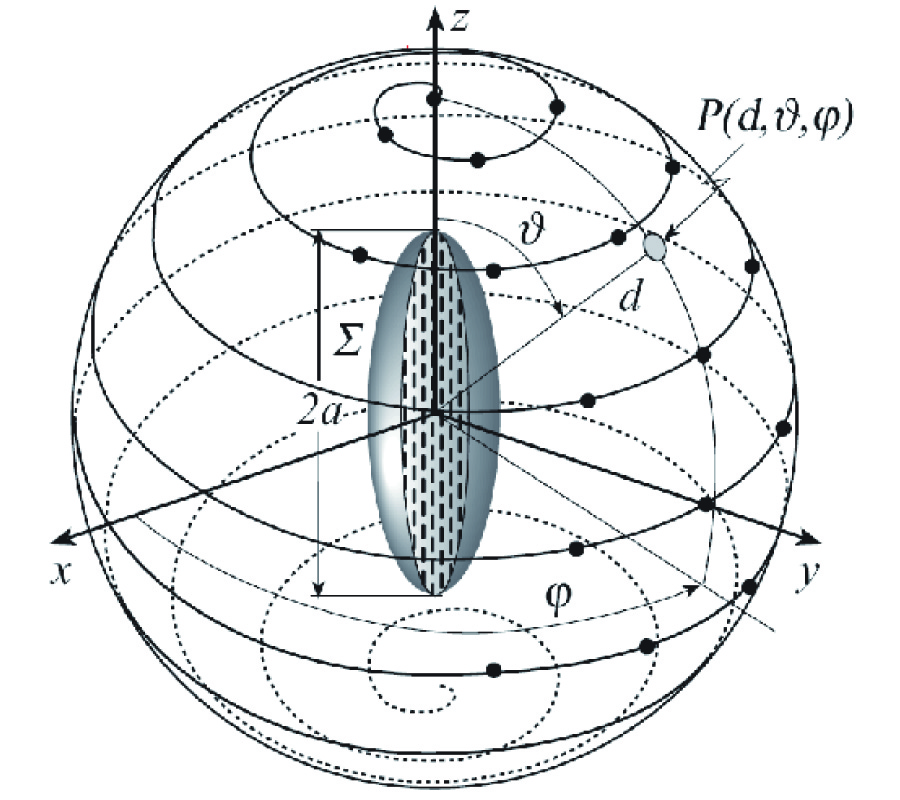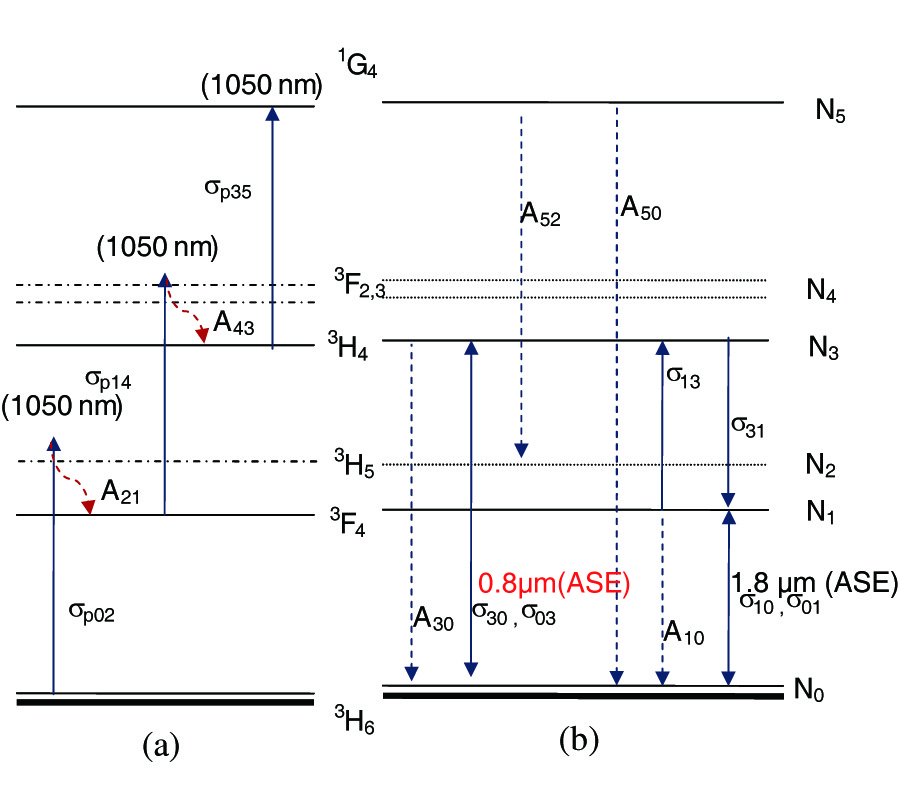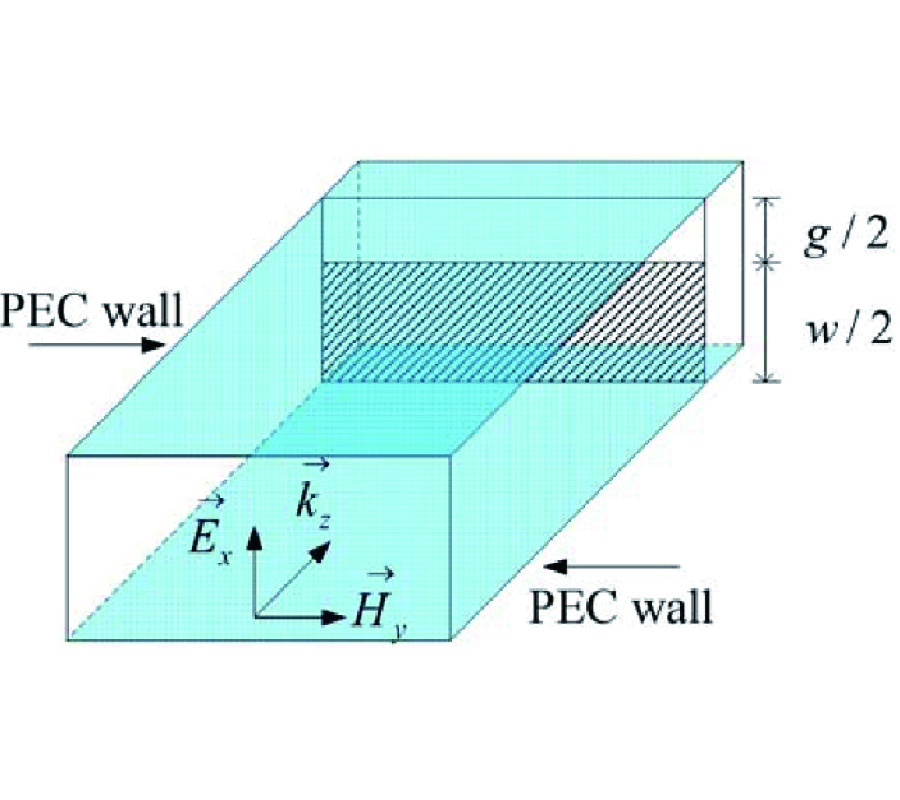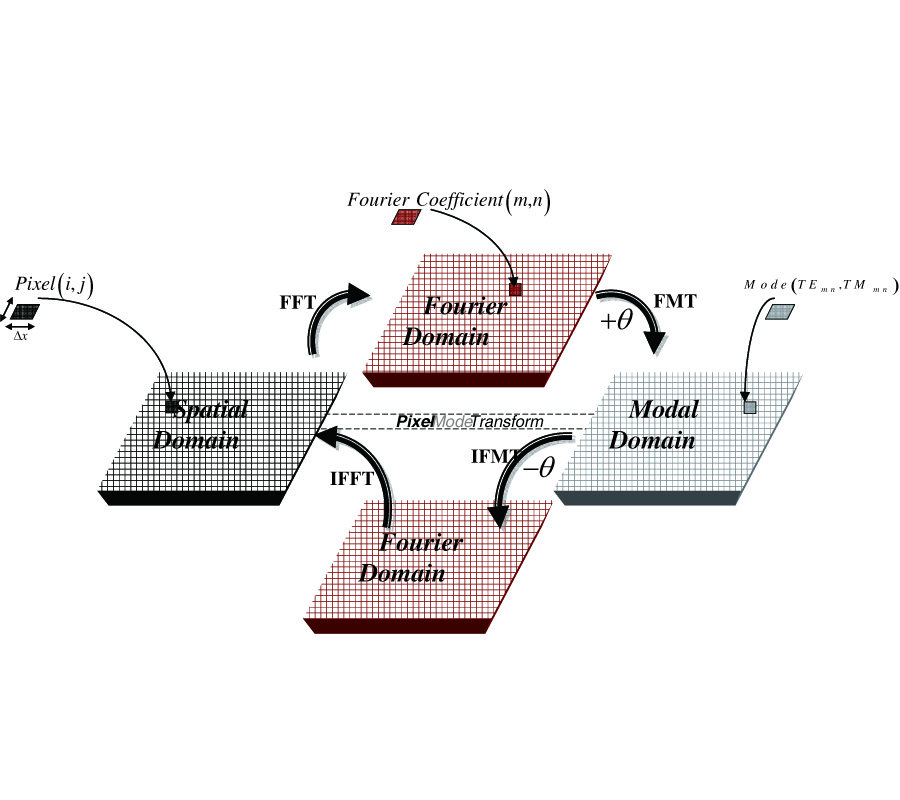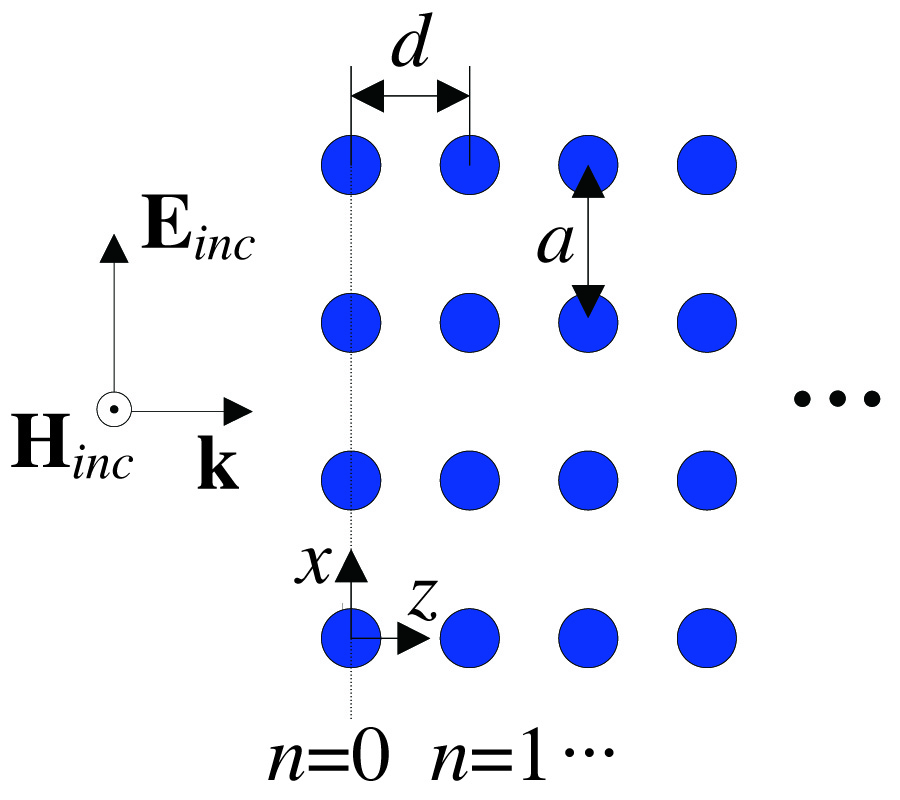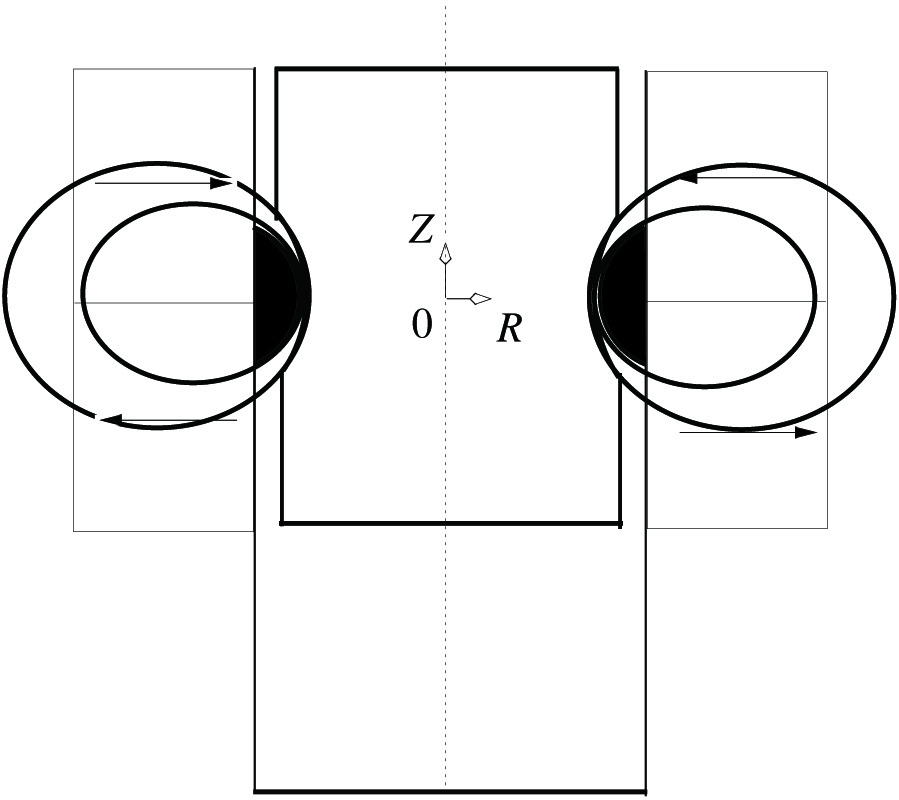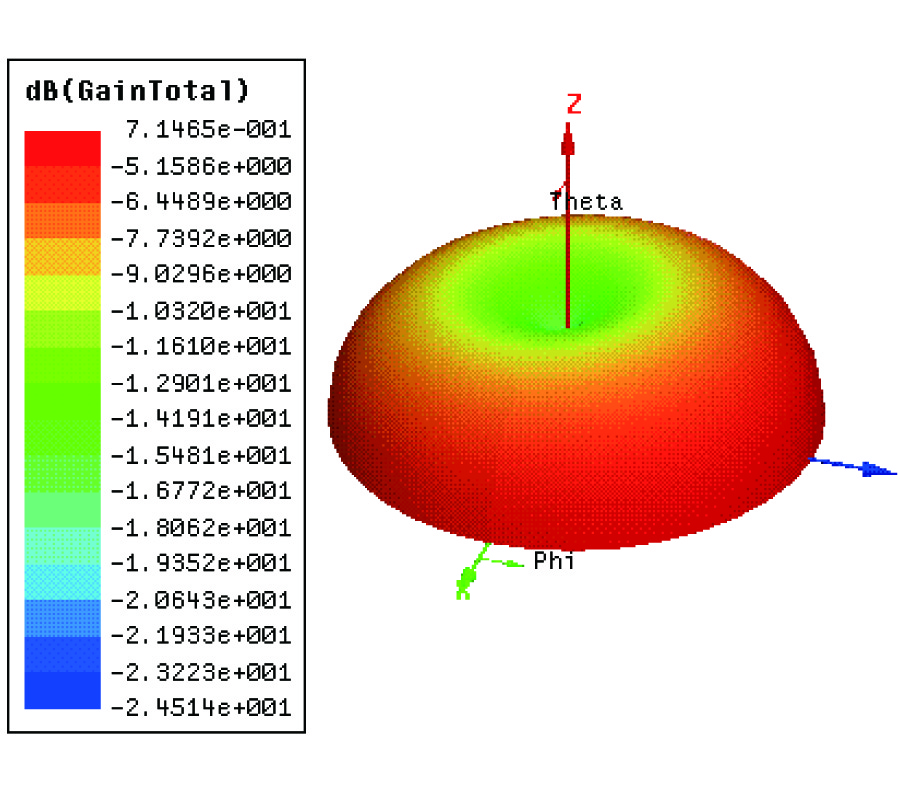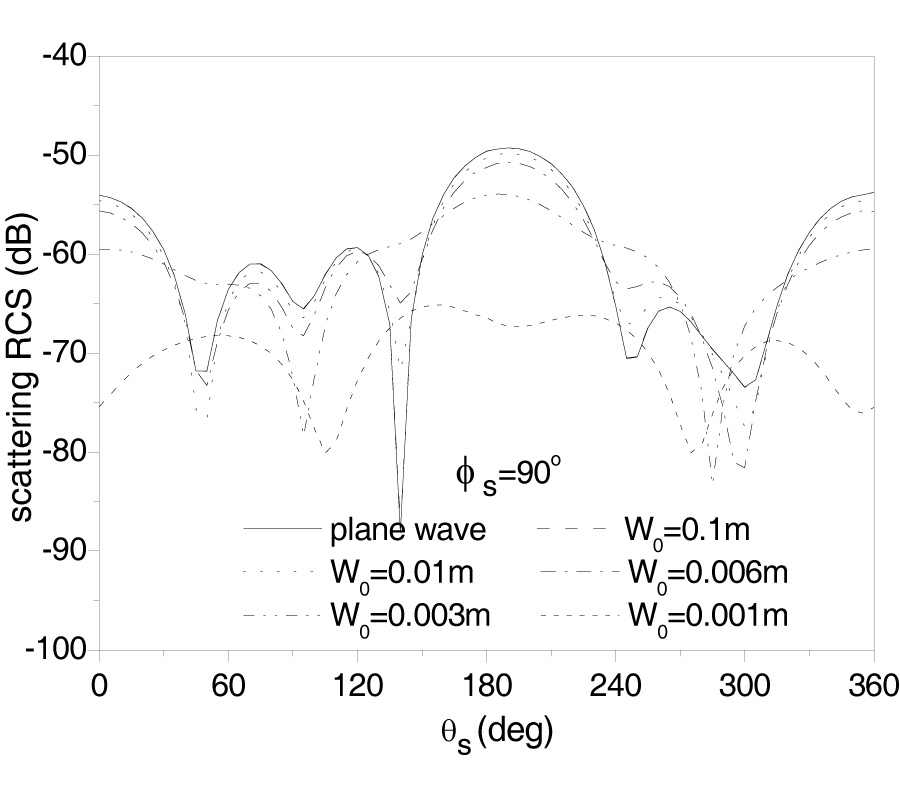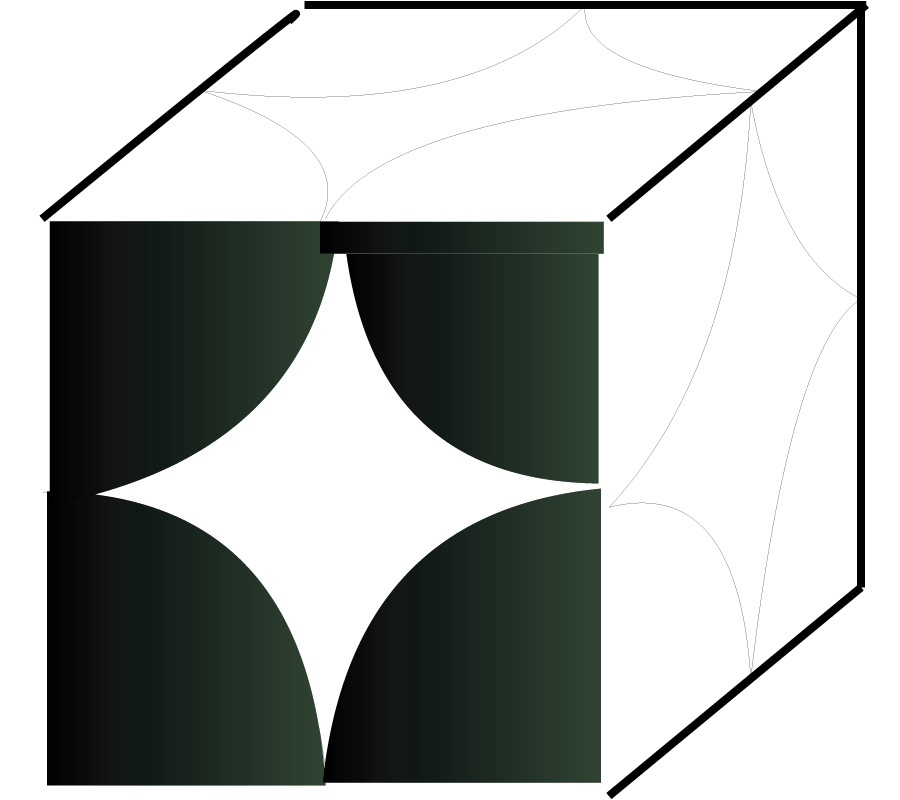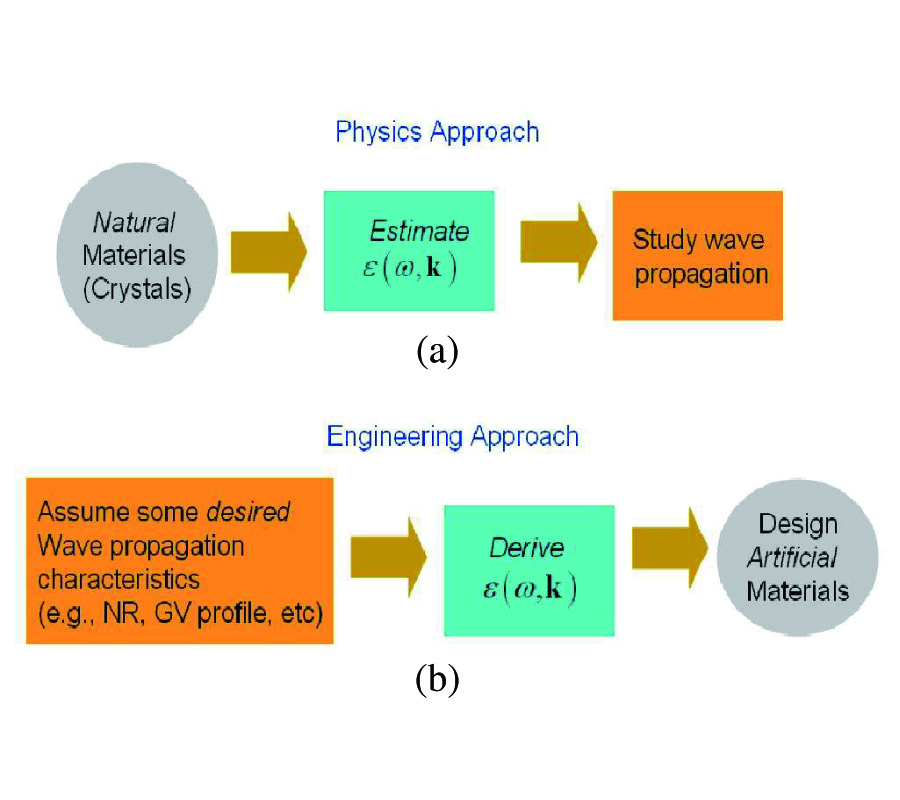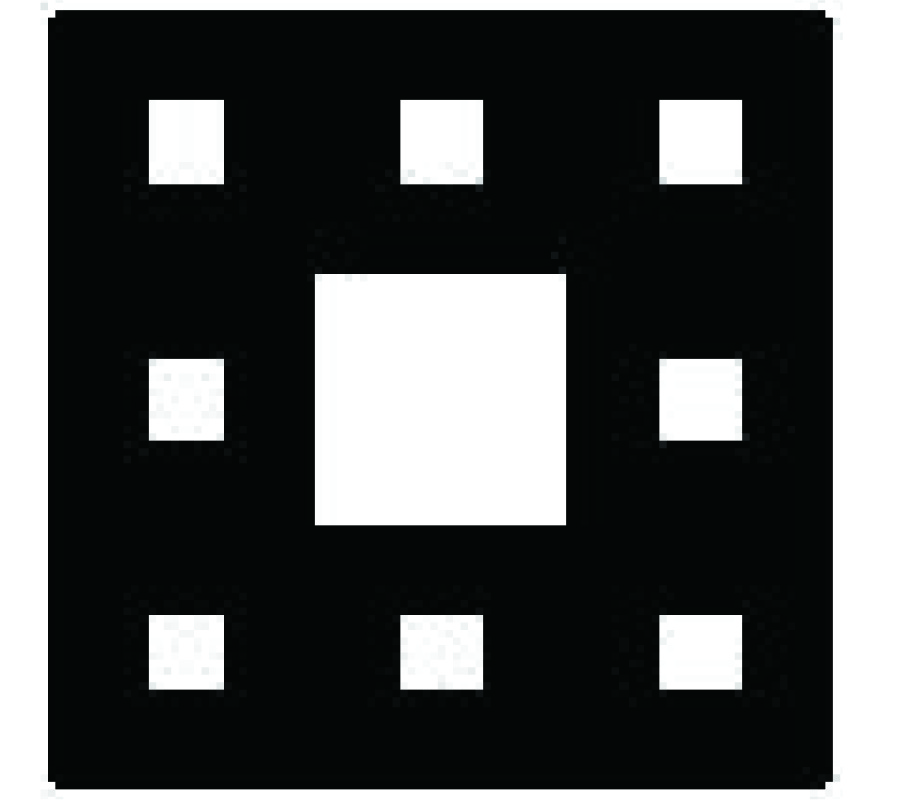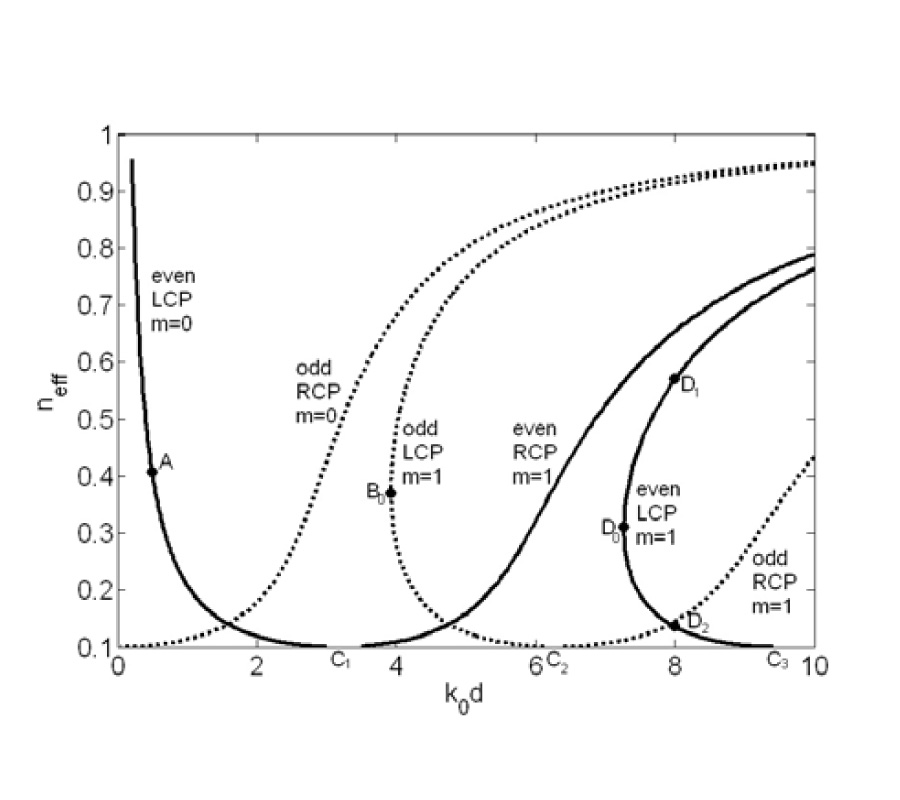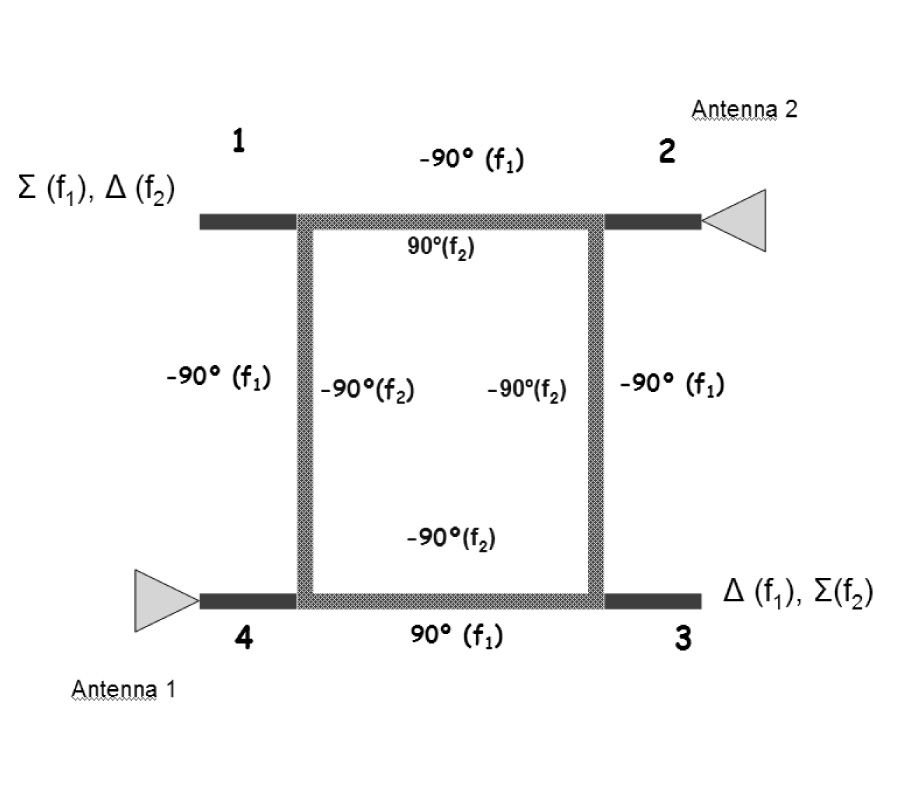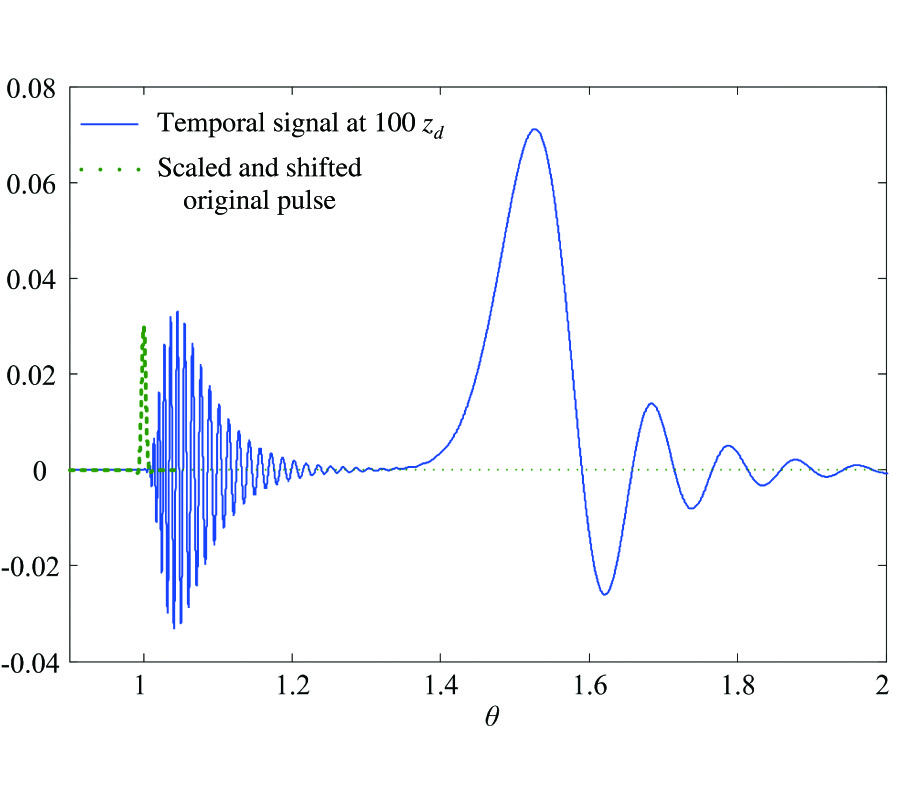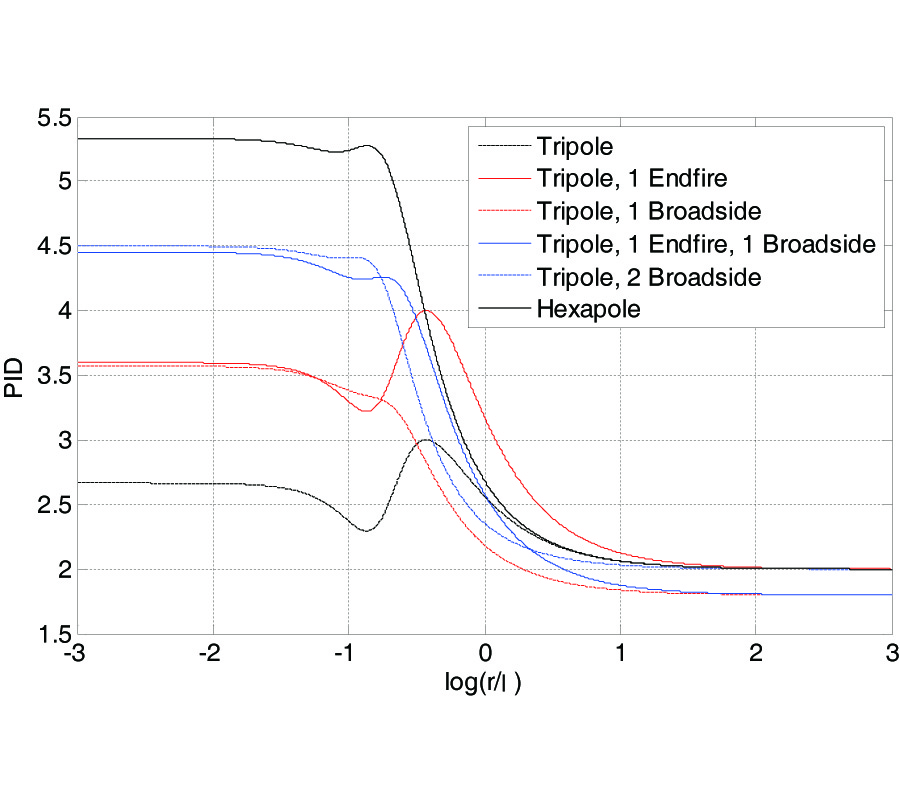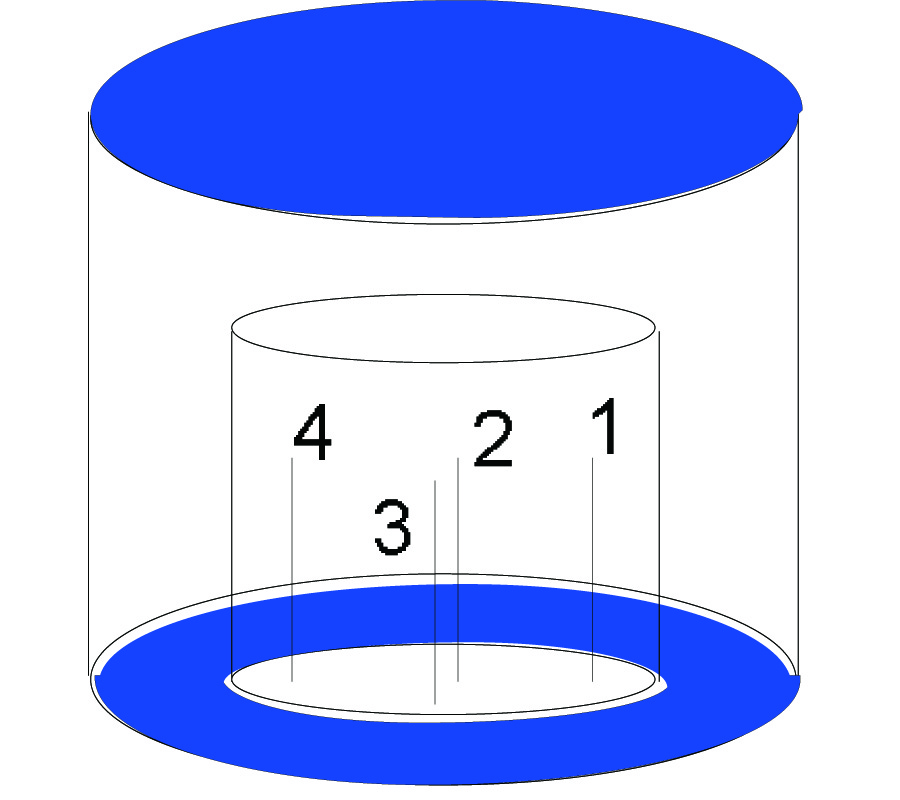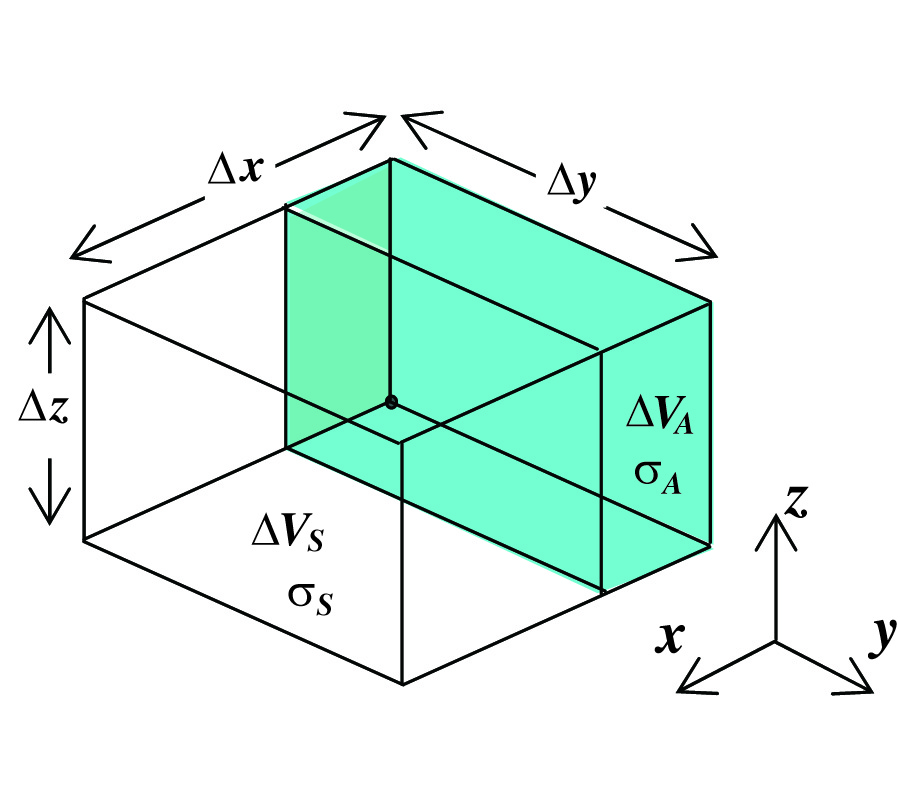The Unified Theory of Near-Field-Far-Field Transformations with Spiral Scannings for Nonspherical Antennas
Francesco D'Agostino,
Flaminio Ferrara,
Claudio Gennarelli,
Rocco Guerriero and
Massimo Migliozzi
The unified theory of near-field-far-field transformation techniques with spiral scannings for quasi-spherical antennas is extended in this paper to the case of nonspherical ones, i.e., antennas with two dimensions very different from the third one. To this end, such a kind of antennas is no longer considered as enclosed in a sphere, but in a proper convex domain bounded by a rotational surface. The extension, heuristically derived by paralleling the rigorous procedure valid when adopting the spherical source modelling, allows the overcoming of its main and serious drawbacks. In fact, the corresponding near-field-far-field transformations with spiral scannings for nonspherical antennas make use of a reduced number of near-field measurements and, above all, allow one to consider measurement surfaces at a distance smaller than one half the antenna maximum size, thus remarkably reducing the error related to the truncation of the scanning zone. These are very important features, which make the spiral scannings more and more appealing from the practical viewpoint. Some examples of the application of this theory to spirals wrapping the conventional scanning surfaces employed in the near-field-far-field transformations are reported for various source modellings, and the accuracy and robustness of the far-field reconstructions are assessed.
